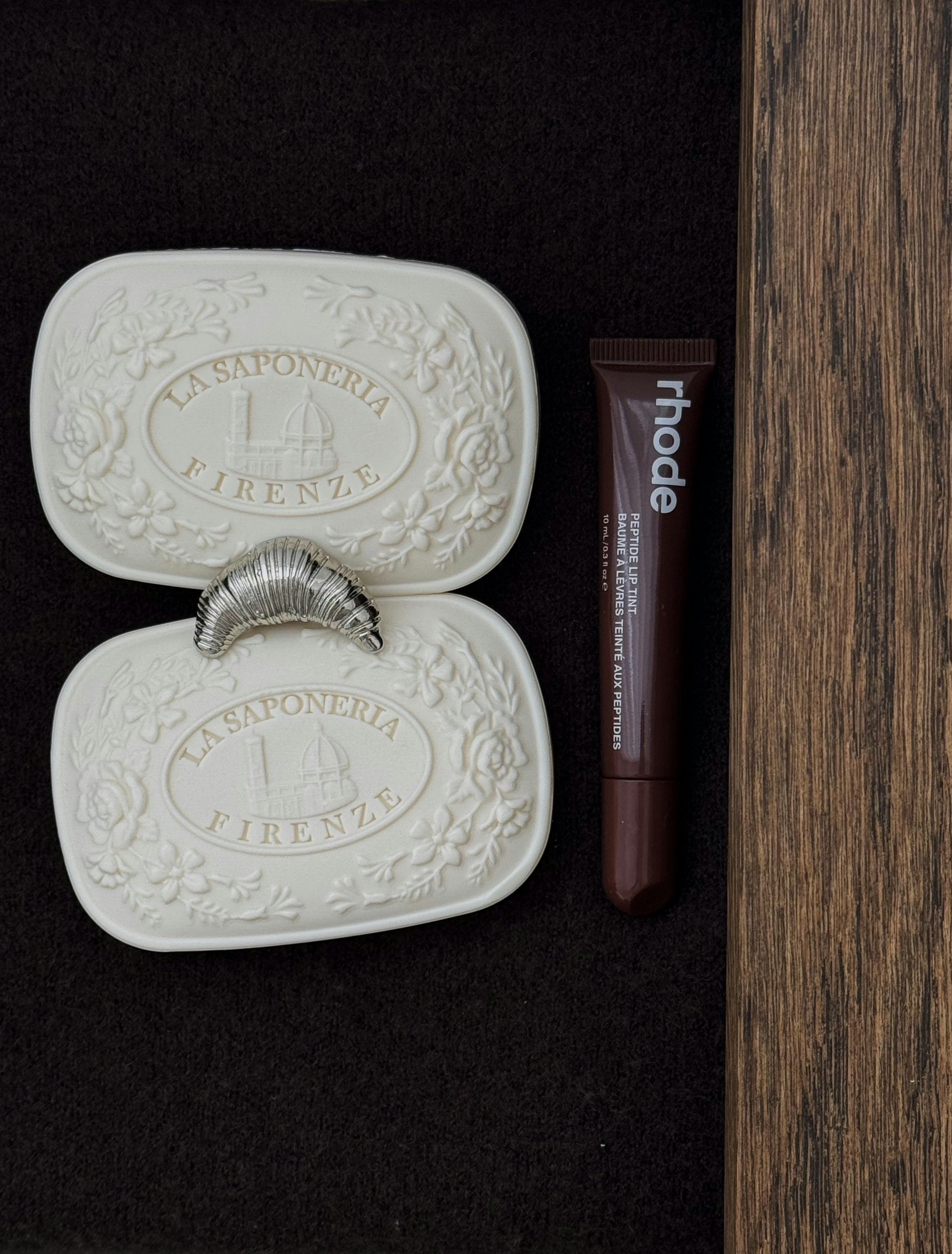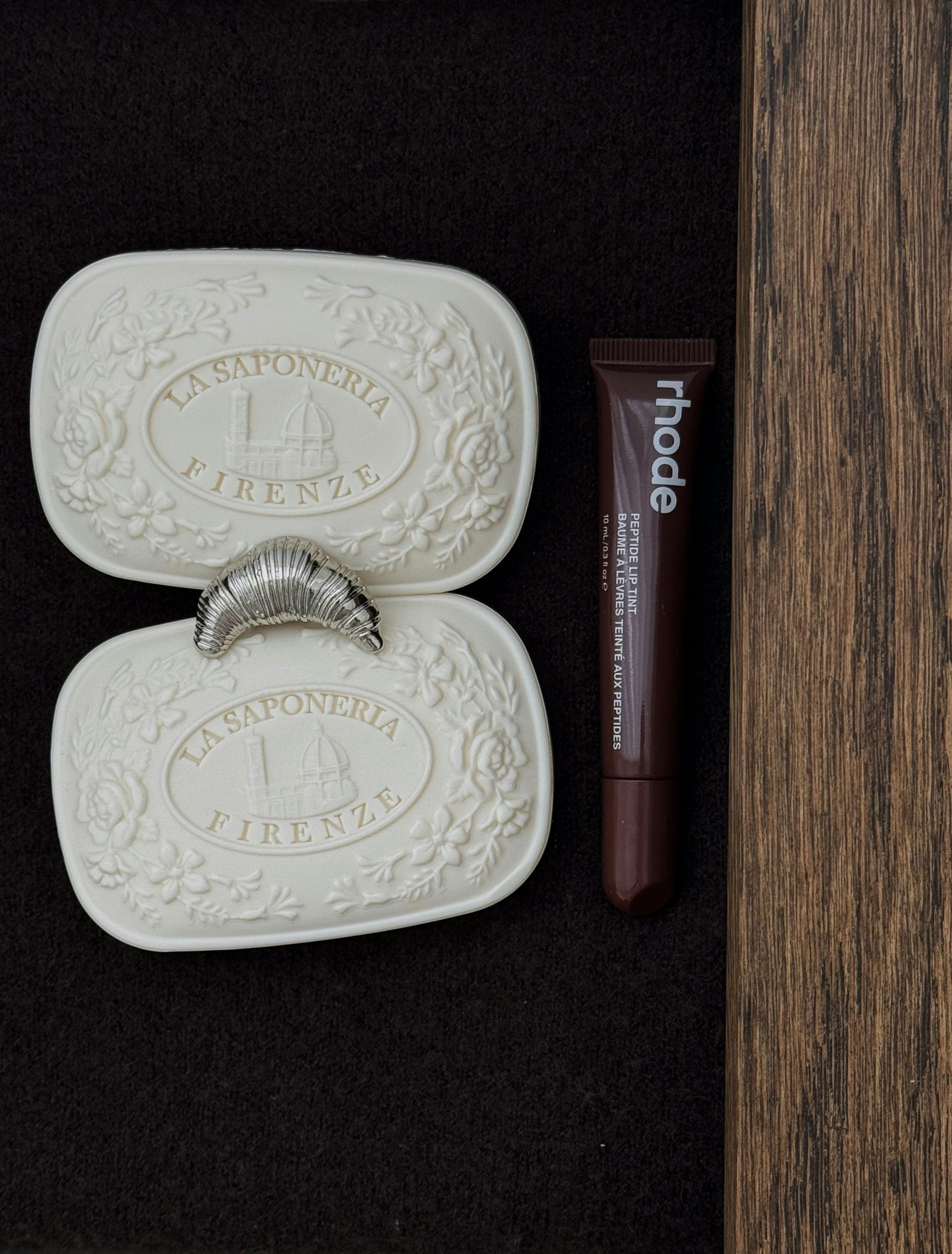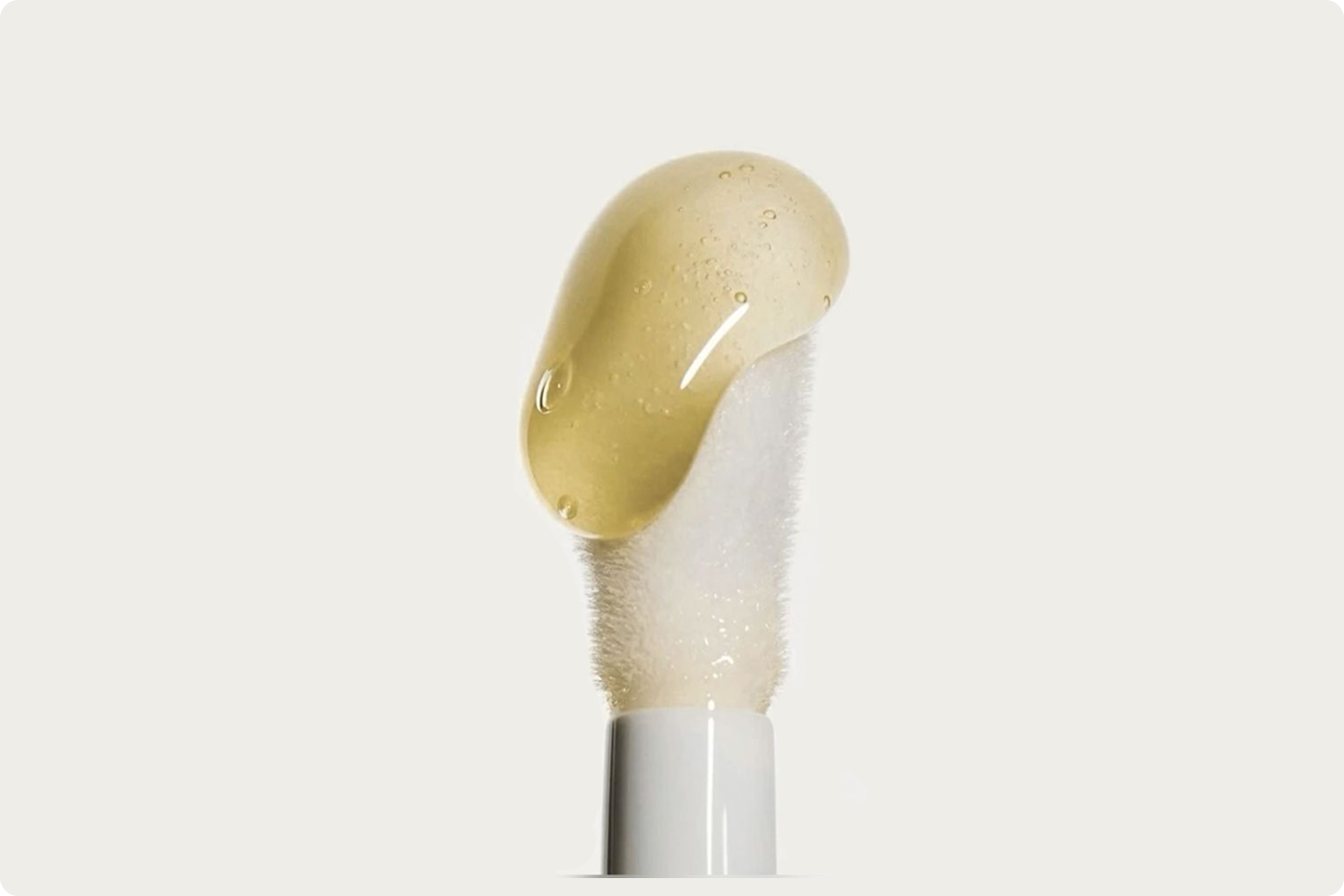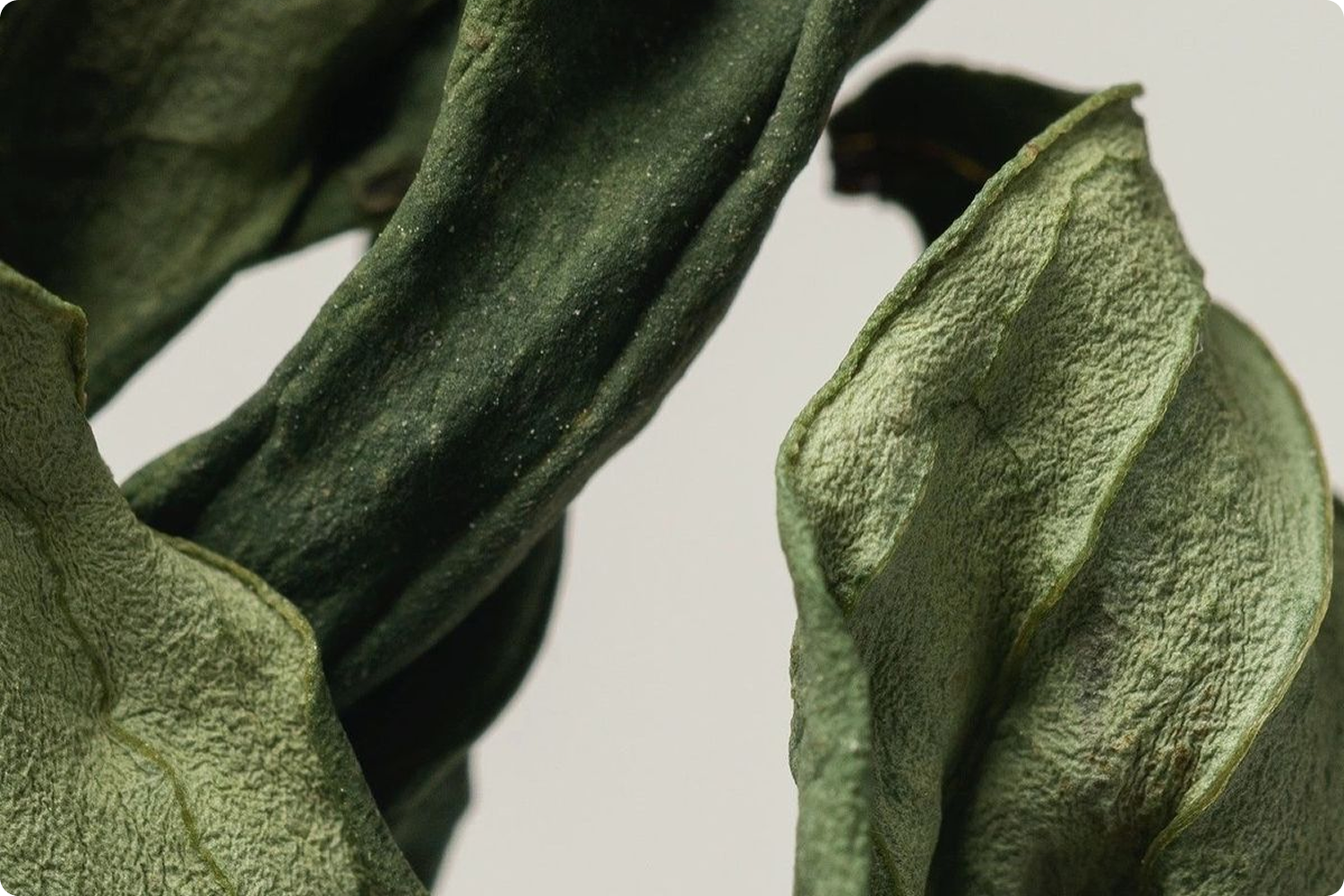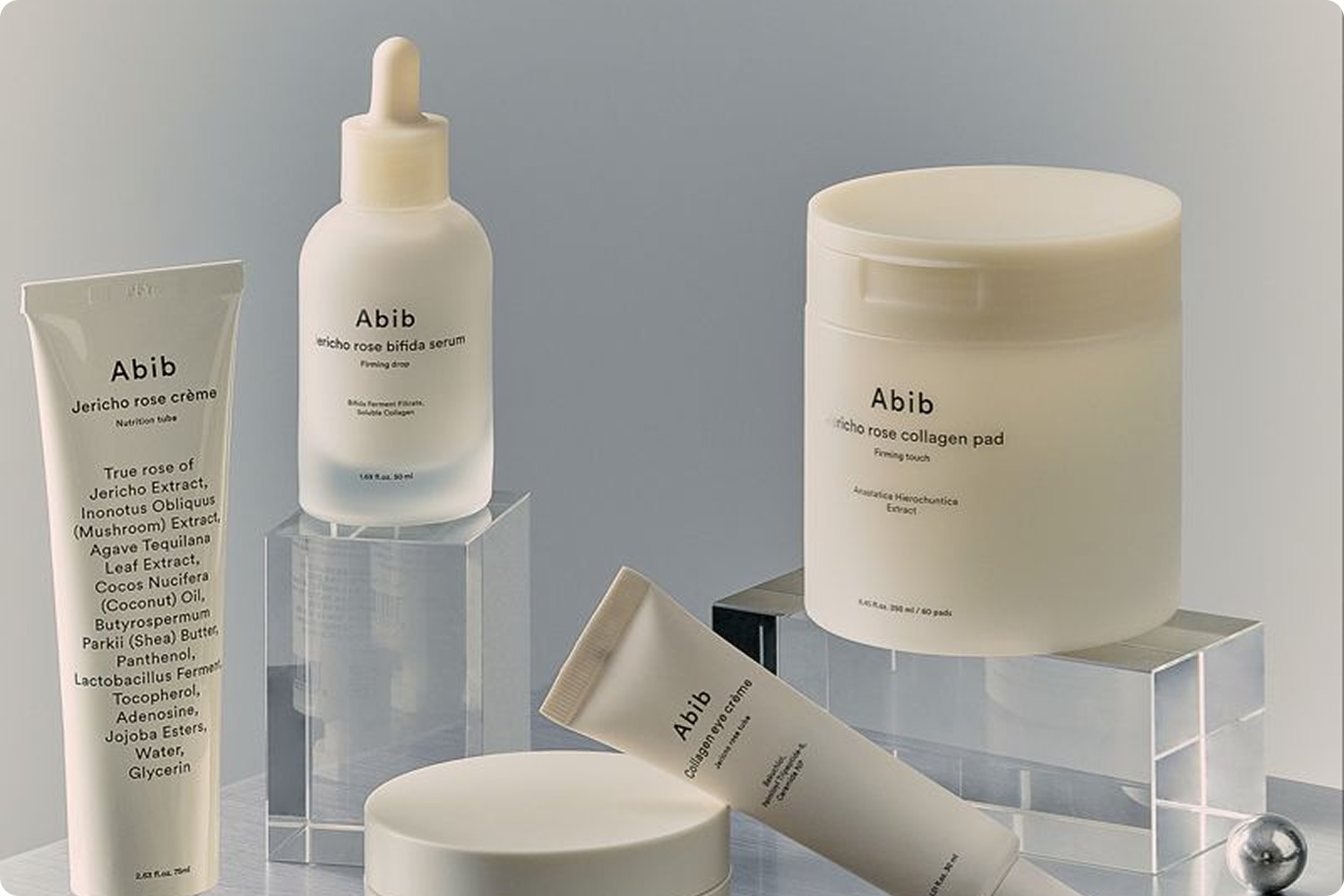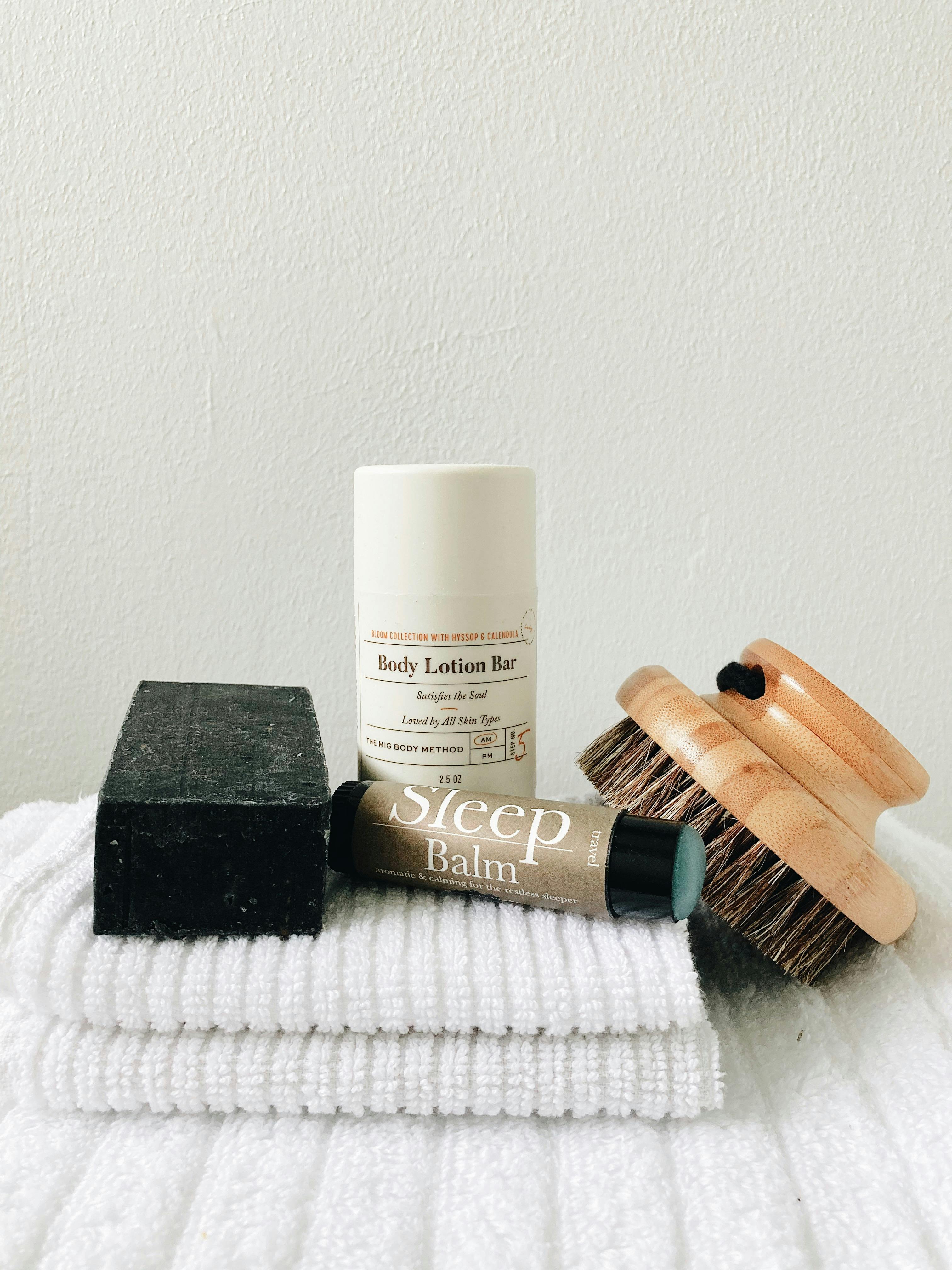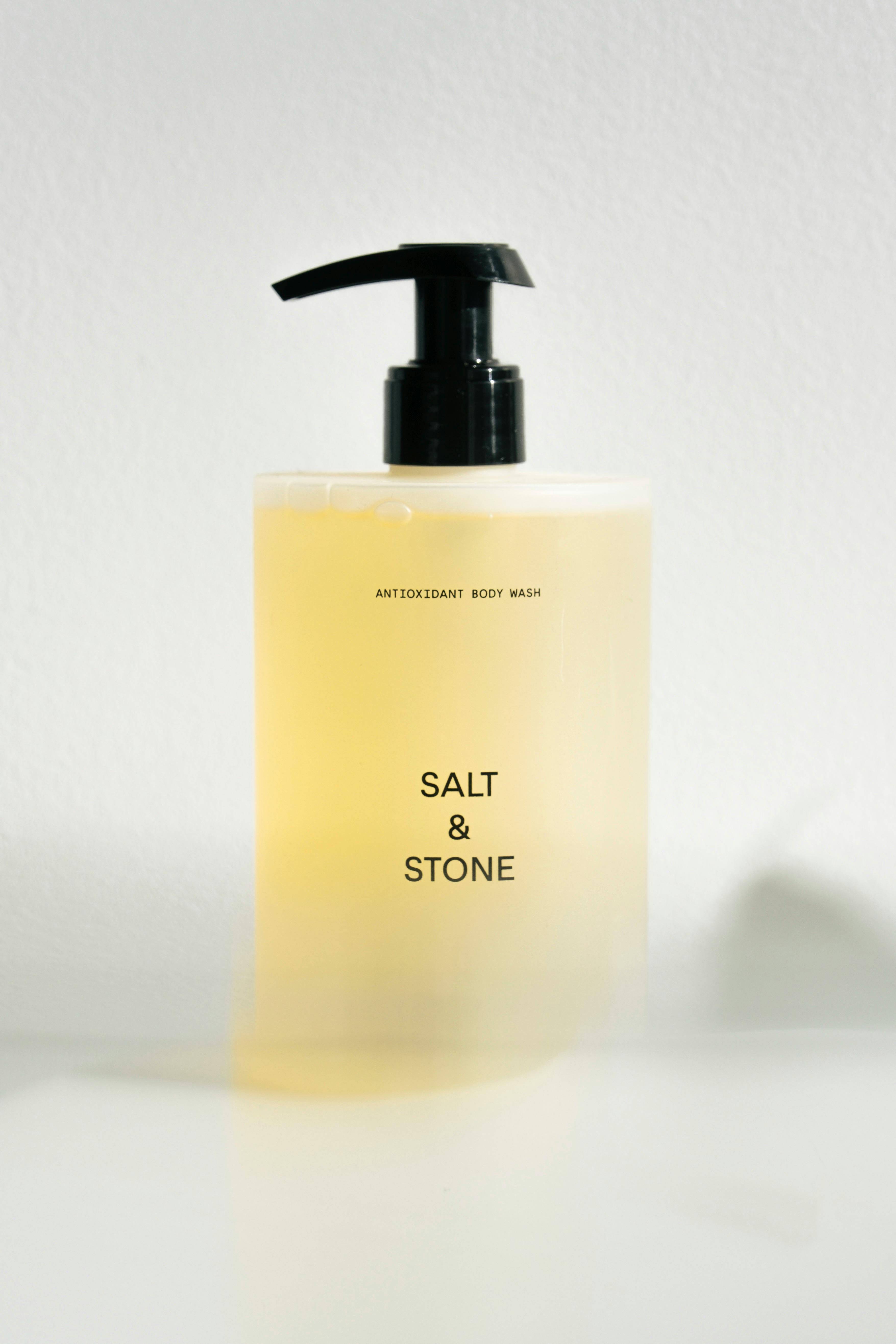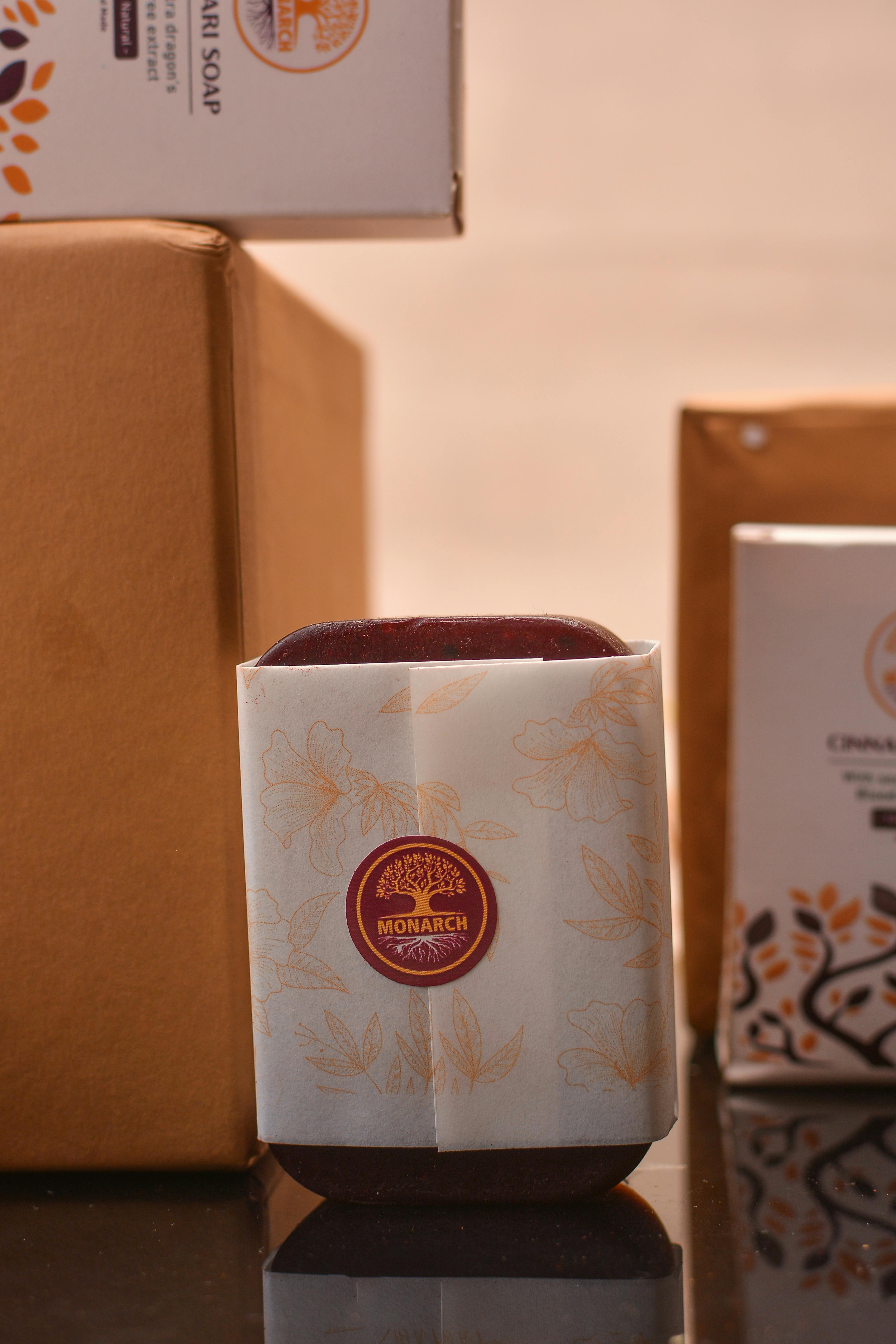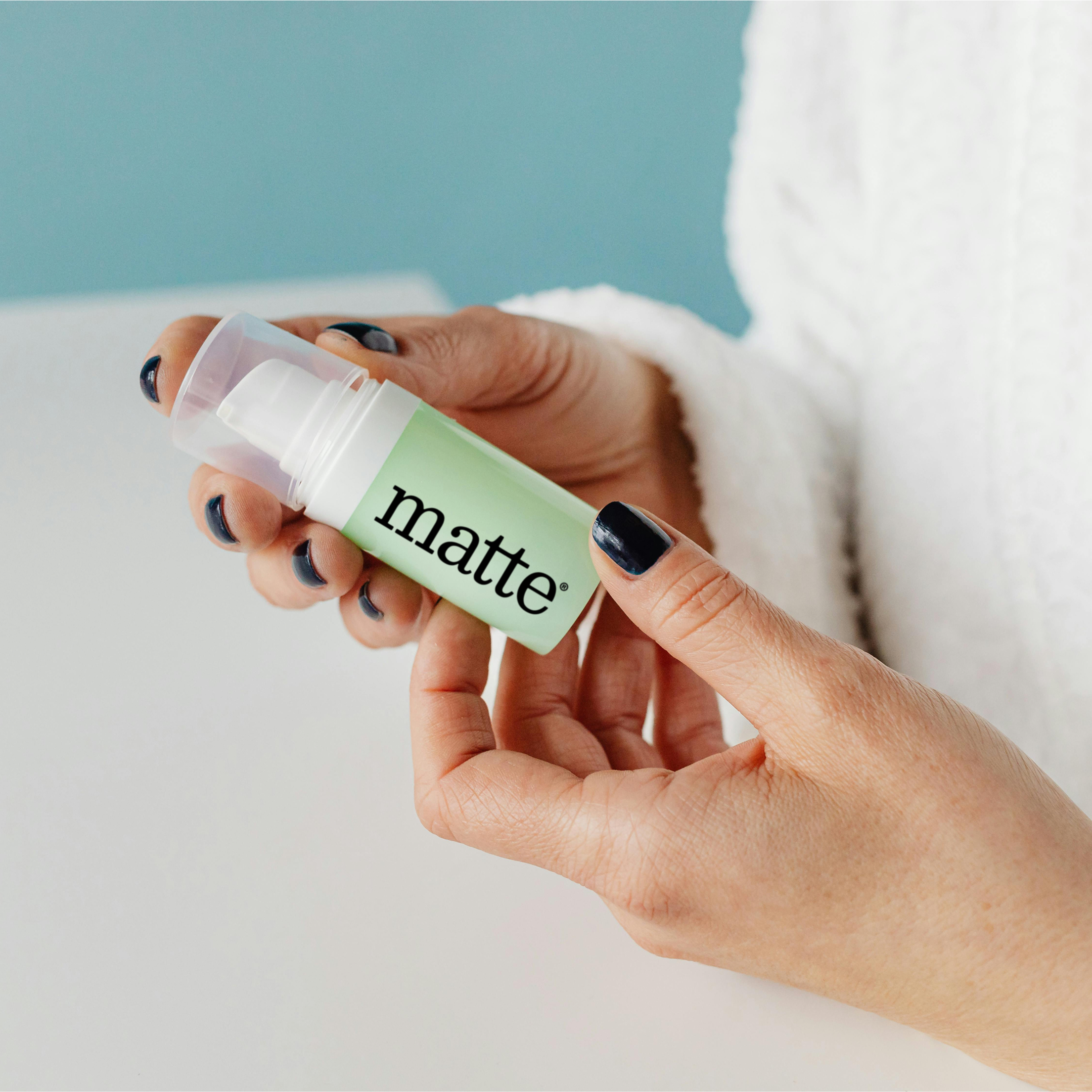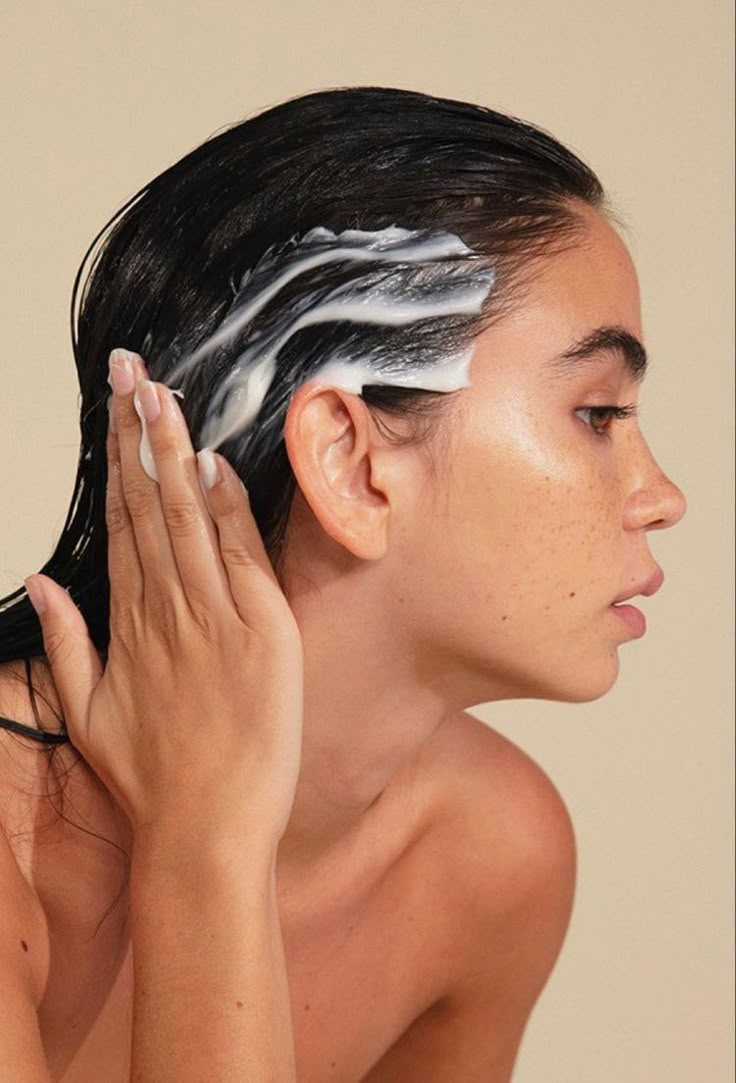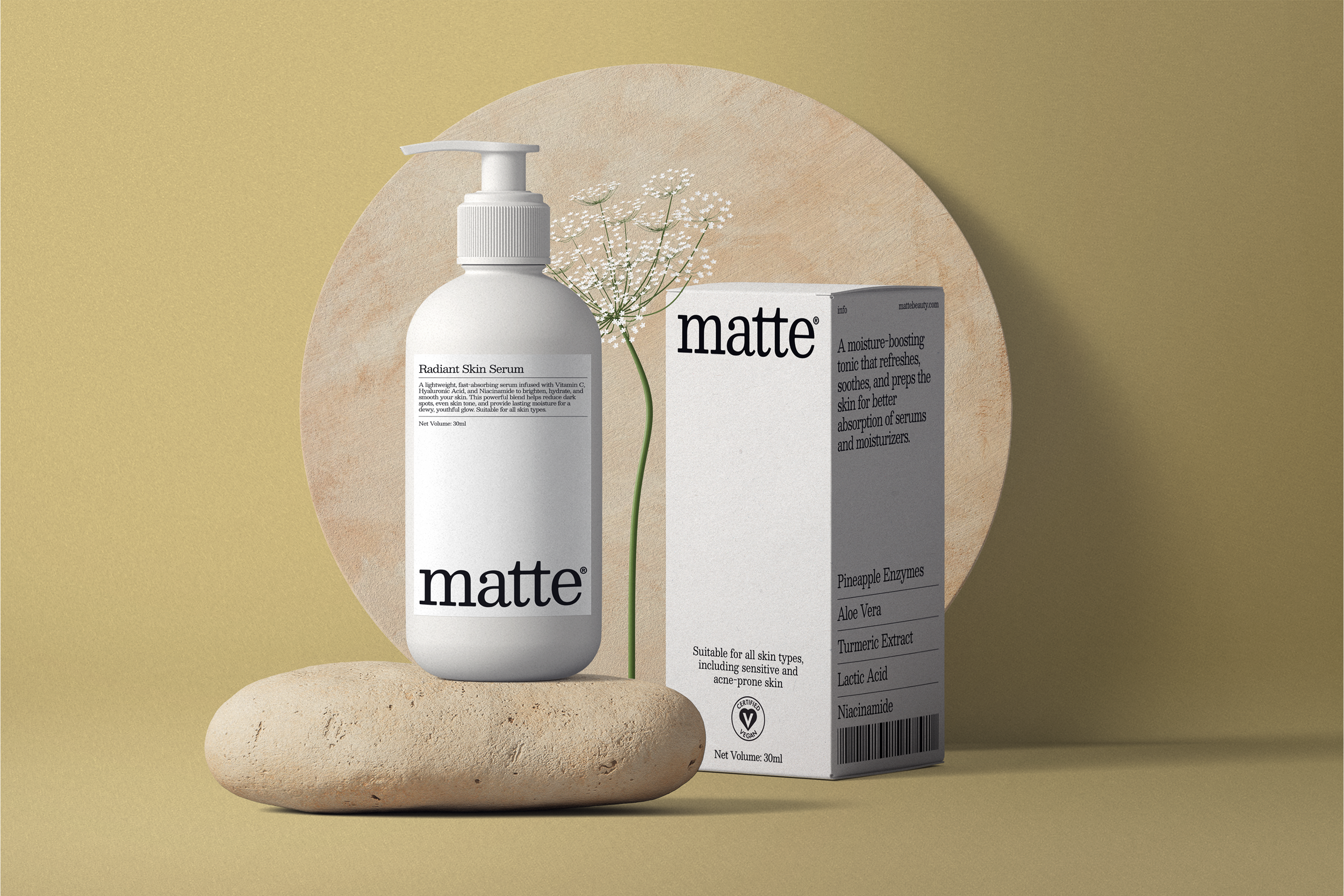Why Skin Gets Dry and Cracked During Winter
Winter transforms not only the landscape around us but also significantly impacts our skin's condition. As temperatures drop, the air holds less moisture, creating an environment that actively draws hydration from your skin. Indoor heating systems further exacerbate this problem by reducing ambient humidity to sometimes as low as 10-20%, well below the ideal 40-60% range for skin health. This combination creates a perfect storm for moisture loss.

The skin's protective barrier—composed of lipids, natural moisturizing factors, and proteins—becomes compromised in cold conditions. Winter winds physically strip away surface lipids while cold temperatures reduce sebum production, your skin's natural moisturizer. Additionally, the rapid transition between freezing outdoor environments and overheated indoor spaces creates thermal shock that can trigger inflammation and accelerate water loss through the skin barrier.
Many people unknowingly worsen the situation through well-intentioned winter habits. Hot showers, while temporarily comforting, break down lipid barriers and strip natural oils. Harsh cleansers further compromise barrier function, while insufficient moisturization fails to replace natural hydration. The cumulative effect manifests as tightness, flaking, roughness, and in severe cases, painful cracking that can lead to inflammation and infection.
Understanding this seasonal assault on your skin defenses provides the foundation for creating an effective winter skincare strategy that protects, replenishes, and strengthens your skin throughout the challenging colder months.
7 Steps for Comprehensive Skin Care in Cold Weather
Step 1: Adjust Your Cleansing Routine - Avoid Over-Washing
During winter, your cleansing approach requires strategic modification to prevent unnecessary dryness. Replace foaming or gel cleansers, which often contain strong surfactants, with cream, oil, or balm formulations that cleanse effectively while preserving natural lipids. These gentler options remove impurities without compromising your skin's protective barrier.
Consider reducing cleansing frequency, particularly in the morning when your face hasn't accumulated significant dirt or pollution. A simple rinse with lukewarm water often suffices, preserving your skin's natural moisturizing factors. When cleansing is necessary, keep water temperature moderate—hot water feels temporarily soothing but significantly disrupts your skin barrier by dissolving protective oils.
Pay attention to cleansing duration as well. Limit face washing to 30-60 seconds, focusing on areas that genuinely need cleansing rather than unnecessarily stripping your entire face. After cleansing, pat—don't rub—your skin partially dry, leaving slight dampness as the perfect canvas for your next hydrating products, which will seal in this residual moisture.
Step 2: Switch to Alcohol-Free, Nutrient-Rich Toners
Winter demands reconsideration of your toner choices. Conventional astringent toners containing alcohol or witch hazel can severely dehydrate winter skin, compromising barrier function when you need it most. Replace these with hydrating, alcohol-free formulations that deliver moisture and nutrients immediately after cleansing.
Look for toners containing humectants like glycerin and hyaluronic acid, which attract water molecules to your skin. Asian beauty-inspired essences and hydrating toners offer particularly beneficial options, often containing fermented ingredients, amino acids, and botanical extracts that nourish beyond basic hydration. These formulations prepare your skin to better receive subsequent products while providing an immediate hydration layer.
Application technique matters significantly. Rather than wiping with a cotton pad, which can remove product and create physical irritation, consider the "patting method"—pouring a small amount into clean palms and gently pressing into skin. For enhanced hydration, some dermatologists recommend the "7-skin method" during particularly dry periods, which involves applying seven thin layers of hydrating toner for intense moisture without heaviness.
Step 3: Add a Hydrating Serum with Hyaluronic Acid
Serums provide concentrated actives that address specific concerns, and during winter, hydration becomes your primary focus. Hyaluronic acid stands out as winter's essential ingredient, capable of holding up to 1,000 times its weight in water. This remarkable molecule creates a moisture reservoir within your skin, plumping cells and reducing the appearance of fine lines that become more prominent in dry conditions.
For optimal results, look for serums containing multiple molecular weights of hyaluronic acid. Lower-weight molecules penetrate deeper into the skin while higher-weight versions create surface hydration. Multi-weight formulations provide immediate plumping along with longer-lasting hydration benefits. Products combining hyaluronic acid with supporting ingredients like B5 (panthenol), glycerin, or tremella mushroom extract offer enhanced moisture-binding capabilities.
Apply your hydrating serum to slightly damp skin for maximum effectiveness, as hyaluronic acid works by binding to available water molecules. Use 3-4 drops, warming between palms before gently pressing into skin rather than rubbing. This application technique preserves the product's integrity and enhances absorption. For severely dehydrated skin, consider layering a hydrating serum beneath your regular treatment serum during winter months.
Step 4: Use Thicker Moisturizers Containing Ceramides
Winter requires upgrading to richer moisturizers that create stronger protective barriers against harsh conditions. While lightweight lotions suffice in warmer months, cold weather demands emollients and occlusives that prevent transepidermal water loss. The ideal winter moisturizer combines humectants (to attract moisture), emollients (to smooth and soften), and occlusives (to seal in hydration).
Ceramides deserve special attention in winter skincare. These lipid molecules naturally occur in your skin barrier but become depleted in harsh conditions. Ceramide-containing moisturizers directly replenish these essential components, repairing barrier damage and preventing moisture loss. Research published in the Journal of Dermatological Science confirms that ceramide-dominant moisturizers significantly improve barrier function in compromised skin.
Apply your winter moisturizer to slightly damp skin within 3 minutes of cleansing or toning to trap maximum hydration. Use upward, gentle strokes to avoid pulling on winter-vulnerable skin. For extremely dry areas, consider applying moisturizer twice—once immediately after cleansing and again after your skin has absorbed the initial application. Areas particularly susceptible to dryness, such as around the eyes and lips, benefit from targeted application of thicker products.
Step 5: Don't Skip Sunscreen Even on Cloudy Days
Winter's reduced daylight hours often create the misconception that sun protection becomes optional. In reality, up to 80% of UV rays penetrate cloud cover, and snow reflection can nearly double your UV exposure. These rays continue stimulating pigmentation issues and collagen degradation regardless of temperature, while wind-compromised skin barriers become even more susceptible to UV damage.
Choose sunscreens with added moisturizing benefits for winter months. Formulations containing ceramides, niacinamide, or hyaluronic acid provide protection while supporting barrier repair. Physical (mineral) sunscreens containing zinc oxide or titanium dioxide sometimes prove less drying than chemical formulations for winter-sensitive skin, while offering immediate protection without waiting periods.
For urban dwellers, consider formulations that include protection against blue light and pollution, as indoor screen time typically increases during colder months. Apply sunscreen as the final step in your morning skincare routine, using approximately 1/4 teaspoon for your face. For outdoor winter activities, especially at higher altitudes, reapplication remains essential every two hours of exposure, using stick formulations for convenient coverage without removing gloves.
Step 6: Add Hydrating Face Masks 2-3 Times Weekly
Strategic use of hydrating masks provides intensive moisture reinforcement during winter months. These treatments deliver concentrated hydration while creating temporary occlusion that drives ingredients deeper into the skin. Unlike daily products, masks offer periodic intense treatment that can significantly offset environmental moisture depletion.
Overnight masks (sometimes called sleeping packs) work particularly well in winter, creating a protective seal that prevents moisture evaporation during sleep—when skin naturally loses the most water. Sheet masks provide another effective option, creating a physical barrier that prevents evaporation while allowing extended ingredient contact. For maximum benefit, precede sheet mask application with a hydrating toner to give the mask's humectants additional water molecules to bind with.
DIY options offer effective alternatives for those seeking natural approaches. Honey masks provide natural humectant properties along with antibacterial benefits. Avocado and plain yogurt deliver moisture along with gentle exfoliating acids that prevent flaking. For dehydrated skin showing irritation or redness, consider overnight masks containing colloidal oatmeal or centella asiatica to calm while hydrating.
Step 7: Use a Room Humidifier
Environmental management represents a crucial yet often overlooked aspect of winter skincare. Indoor heating systems create desert-like conditions that continuously draw moisture from your skin regardless of topical product application. A quality humidifier counteracts this effect by maintaining healthy atmospheric moisture levels, ideally between 40-60% humidity.
Position your humidifier in spaces where you spend the most time, particularly your bedroom during sleep when skin performs the majority of its repair functions. Cool mist humidifiers generally work best, as they pose fewer safety concerns and don't raise room temperature. For enhanced benefits, some models allow adding essential oils like lavender or eucalyptus, providing aromatherapy benefits alongside humidity.
Maintenance matters significantly—clean your humidifier regularly according to manufacturer guidelines to prevent mold or bacteria development that could affect respiratory health. Use filtered or distilled water when possible to reduce mineral build-up in the device and avoid dispersing impurities. A hygrometer helps monitor room humidity levels, allowing you to adjust humidifier output for optimal conditions.
Key Ingredients to Look for in Winter Products
Winter skincare formulations should feature specific ingredients scientifically proven to combat seasonal dryness. Humectants form your first defense line—beyond hyaluronic acid, look for glycerin, propanediol, and honey extract, which attract water molecules to the skin. Polyglutamic acid, holding 4-5 times more moisture than hyaluronic acid, offers particularly powerful hydration for severely dehydrated skin.
Barrier-strengthening ingredients become crucial when environmental assaults intensify. Ceramides, cholesterol, and fatty acids directly replace depleted barrier components. Niacinamide (vitamin B3) stimulates ceramide production while reducing inflammation, making it ideal for winter-stressed skin. Peptides support structural proteins while signaling increased natural moisturizing factor production that maintains internal hydration.
Emollients and occlusives provide essential protection in winter formulations. Shea butter, squalane, and triglycerides fill microscopic skin cracks while creating a smooth surface. For severe dryness, products containing petrolatum, dimethicone, or beeswax create moisture-sealing barriers that prevent transepidermal water loss. Plant oils rich in omega fatty acids (like evening primrose, borage, or sea buckthorn) provide lipid replenishment while delivering anti-inflammatory benefits.
Adapt your active ingredients wisely during winter. Consider reducing frequency or concentration of potentially drying actives like retinoids and alpha-hydroxy acids, or buffer their application with additional moisturizer. Introduce gentler alternatives like polyhydroxy acids or enzyme exfoliants that remove flakiness without compromising barrier function.
Diet for Enhanced Skin Hydration from Within
Internal hydration significantly impacts your skin's moisture levels and resilience against winter conditions. Begin by increasing water consumption, as heated environments accelerate body water loss. Consider warm herbal teas as enjoyable alternatives to plain water—chamomile, rooibos, and ginger provide antioxidant benefits alongside hydration without the dehydrating effects of caffeine.
Incorporate foods rich in omega fatty acids, which strengthen cell membranes and improve moisture retention. Fatty fish (salmon, mackerel, sardines), walnuts, flaxseeds, and chia seeds provide these essential fats that support skin barrier function from within. Studies published in the Journal of Clinical and Aesthetic Dermatology demonstrate significant skin hydration improvements with regular omega-3 consumption.
Winter diets should feature foods containing specific skin-supporting nutrients. Vitamin E (found in almonds, sunflower seeds, and avocados) provides antioxidant protection while supporting lipid barriers. Zinc (present in oysters, pumpkin seeds, and lentils) facilitates wound healing and supports enzymatic functions crucial for skin repair. Beta-carotene rich foods like sweet potatoes, carrots and dark leafy greens convert to vitamin A, regulating cell production and preventing flakiness.
Consider incorporating bone broth or collagen supplements, which provide glycine, proline, and hydroxyproline—amino acids that support collagen synthesis and strengthen skin structure. Antioxidant-rich foods combat the oxidative stress that intensifies during winter, with berries, pomegranates, and dark chocolate offering particularly potent protection against environmental damage.
Limit dehydrating substances that compromise skin moisture from within. Alcohol causes significant diuretic effects alongside blood vessel dilation that triggers redness in already-compromised winter skin. Excessive salt increases water retention in deeper tissues while potentially dehydrating the skin surface. High-sugar foods accelerate glycation processes that damage structural proteins, compromising barrier integrity when you need it most.
Common Winter Skin Issues and Solutions
Facial redness and sensitivity intensify during winter as blood vessels quickly expand and contract in response to temperature changes. Combat this with products containing anti-inflammatory ingredients like centella asiatica, green tea extract, or licorice root. Create physical barriers before venturing outdoors by applying balm-textured products to vulnerable areas. When experiencing acute redness, apply cool (not cold) compresses followed by soothing moisturizers.
Flaking and rough texture result from compromised exfoliation processes and barrier damage. Address this by incorporating gentle chemical exfoliants rather than harsh physical scrubs. Product options containing 5-10% lactic acid provide exfoliation while simultaneously hydrating. Apply rich moisturizers immediately after exfoliation, and consider overnight treatments containing urea, which both removes dead cells and draws moisture into the skin.
Lip chapping often becomes painful during winter due to the lips' minimal protective barrier and frequent exposure. Prevent this by applying dedicated lip balms containing occlusive ingredients like beeswax or petrolatum, along with nourishing oils and butters. Avoid licking lips, which creates a damaging wet-dry cycle. For severely cracked lips, create an overnight treatment by applying honey or hyaluronic acid serum beneath a thick layer of occlusive balm.
Eczema flares commonly occur or worsen during winter months. Manage these with fragrance-free products containing colloidal oatmeal, ceramides, and minimal potential irritants. Apply moisturizers more frequently on affected areas, particularly immediately after bathing. For persistent flares, consult a dermatologist about appropriate prescription options, potentially including short-term topical steroids or barrier repair creams.
Hand dryness becomes particularly problematic in winter due to frequent washing and minimal oil glands. Create a dedicated hand care routine including gentle soap-free cleansers, immediate application of hand cream after every wash, and overnight treatment with intensive balms beneath cotton gloves. Keep travel-sized hand creams in multiple locations for convenient application throughout the day, focusing on consistent replacement of moisture after each cleansing.
By implementing these comprehensive strategies—from adjusting your cleansing routine to addressing environmental factors—you can maintain comfortable, healthy skin throughout even the harshest winter conditions. Remember that consistency matters more than complexity; even implementing a few of these recommendations can significantly improve your skin's resilience against winter's challenging effects.
Tags: #winterskincareessentials #dryskinrelief #wintermoisturizer #hydratingserum #dryskinsolutions #coldskincare #skincareinwinter #preventdryskin #ceramideskincare #winterbeauty #moisturizedroutine #windburnsolution #barrierrepair #hydrationboost #skincracksrelief #humidifierbenefits #winterdermatology #lipchaptreatment #rednessrelief #skinprotection


